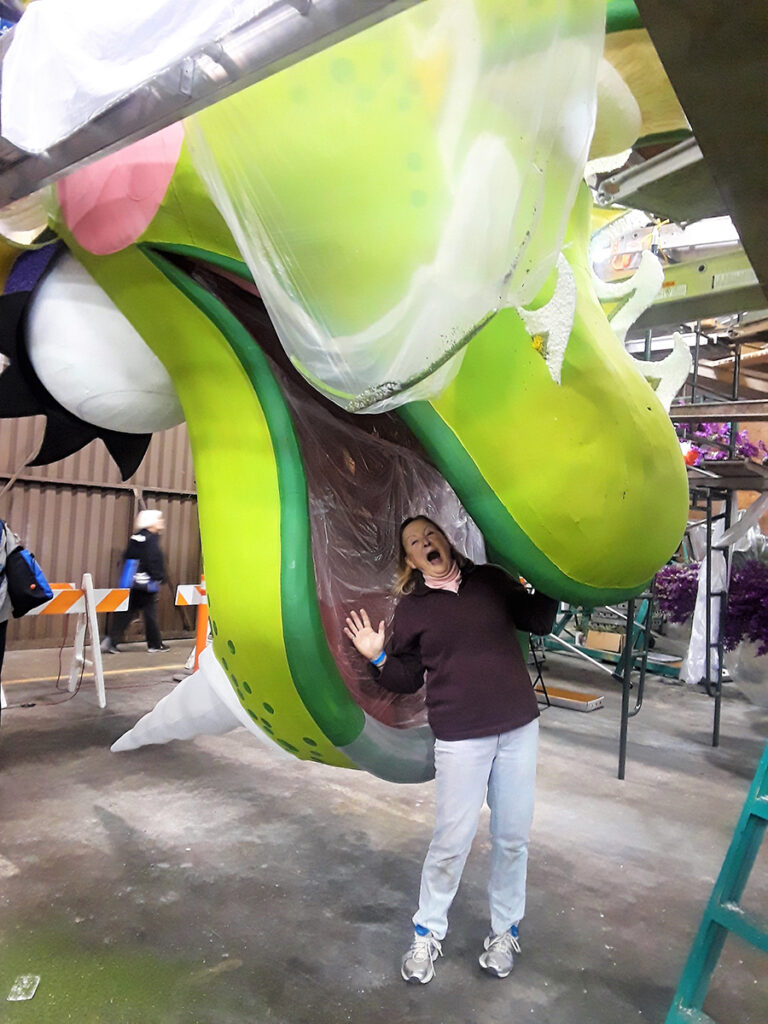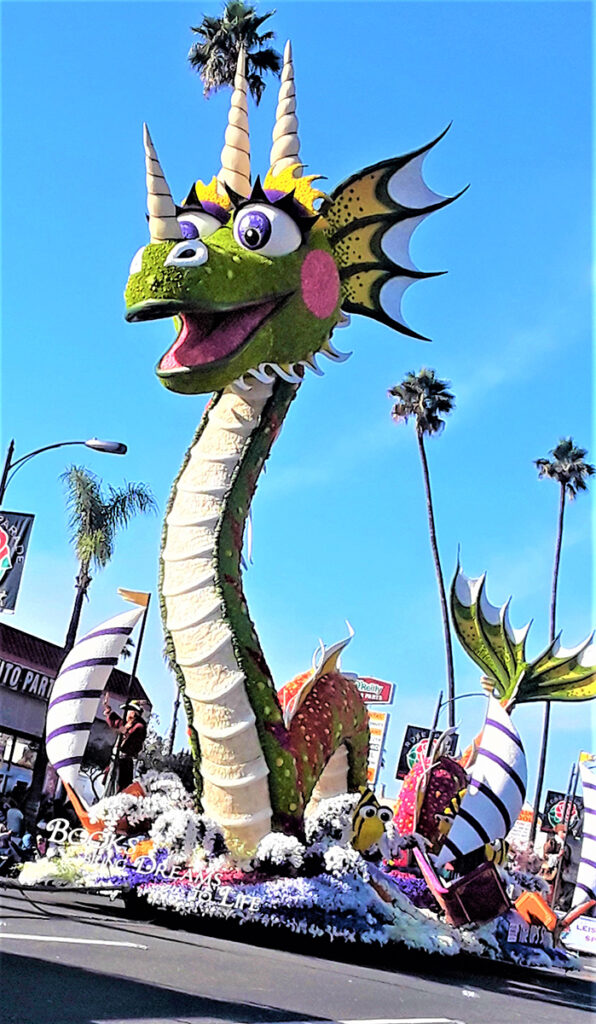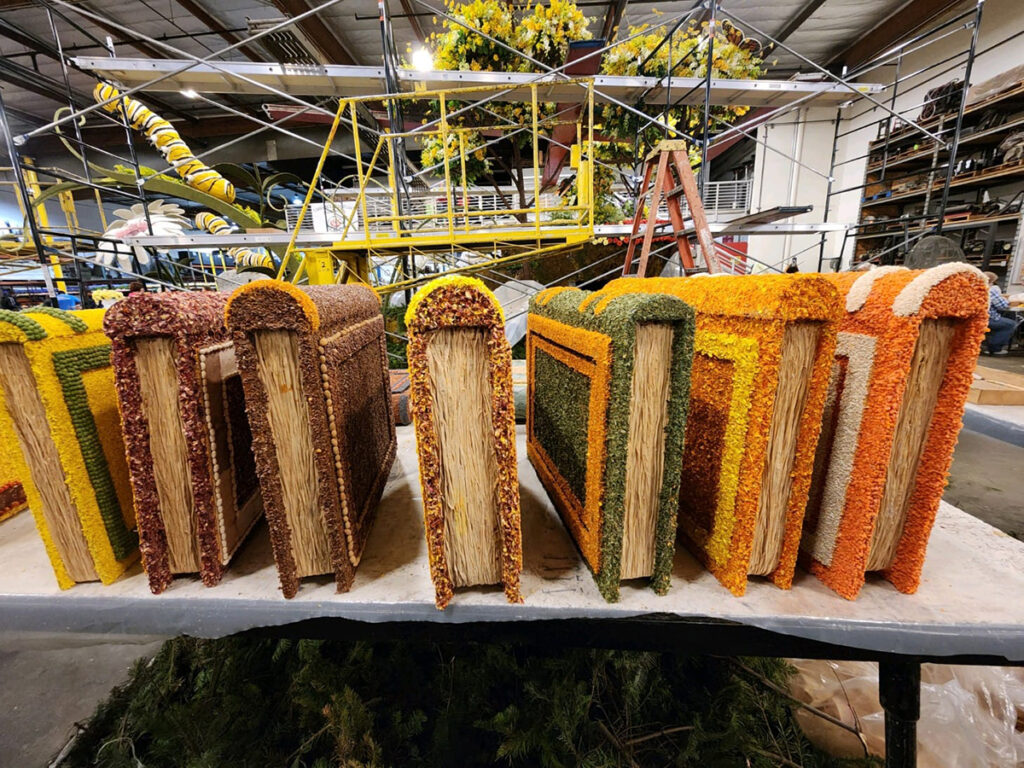Parade Proposition
Marty Wynne, on a whim, got hooked on decorating flowery floats
Marty Wynne has a few opinions about parades.
“The Rose Bowl parade is the best parade by far,” the 1969 Highland Park High School graduate proclaimed.
Admittedly, she enjoys blending into the “craziness at New Orleans’ Mardi Gras” but has never made it to Carnival in Buenos Aires or Venice. Wynne also loves “seeing friends and current HP students at the folksy Park Cities Fourth of July Parade.”
“But the Rose Parade is an art exhibit on wheels that elicits awe, happiness, and appreciation of design and craftsmanship,” Wynne explained.
So, when many Highland Park and University Park residents would anticipate Independence Day festivities organized by the Rotary Club of Park Cities, Wynne is already talking about preparations for welcoming 2024 in with style during the celebrations in Pasadena, California.
Before late 2017, her “active involvement” with parades didn’t go much beyond celebrating her daughter’s birthday. Each December, Wynne would take the girl with 10-plus friends to the Neiman Marcus Adolphus Children’s Parade.



But an invitation to decorate the UPS float for the 2018 Rose Parade got Wynne hooked on what she calls “the madcap merriment of pasting beads, gerbera daisies, and leaves or jabbing roses” on a float.
“Every single visible part of every float must be covered in a live plant, and adorning those giant but precarious floats has you balancing on scaffolding, bending over – even working on your back – for hours,” she said. “But I can’t think of anything more fun to do on New Year’s Eve.”
She’s spent the last four years with other volunteers getting floats ready to roll down Colorado Boulevard. Participants work eight-hour shifts as directed by their experienced bosses, gluing foliage and stabbing flowers onto float pieces.
“Working on such a tight schedule and relying 100% on several thousand volunteers over a four-day period, everything is down to a fine art,” Wynne said. “There is a different glue for every item being pasted onto the core.”
Everything must be secured well enough to stay in place during the four-mile tow overnight on New Year’s Eve to where floats queue for the parade.
Wynne described one of the hangars where she’s worked as an overwhelming sight with giant floats peeking from behind extensive scaffolding, where volunteers of all ages are balanced and applying seeds, shells, leaves, or flowers.
“You leave your shift to the humming of dozens of refrigerated trailers keeping live flowers chilled until volunteers cut them to a specified stem length and set them in individual water-filled vials to be jabbed into the floats’ stiff cores,” she said. “It’s grueling work, but you get immersed in a collective spirit, pushing forward knowing your backbreaking detailed work will translate into moving works of art for the entire world to enjoy. And nothing beats watching all the floats you last saw behind walls of scaffolding far from completed roll by on New Year’s Day in all their colorful and creative splendor.”









